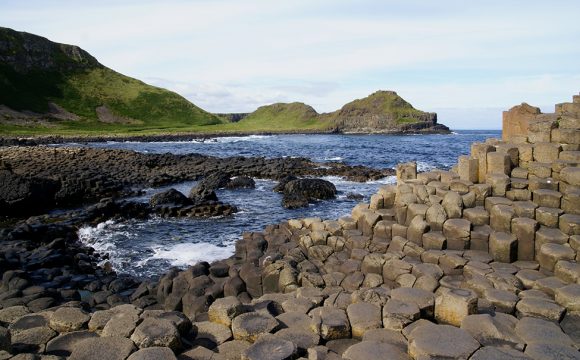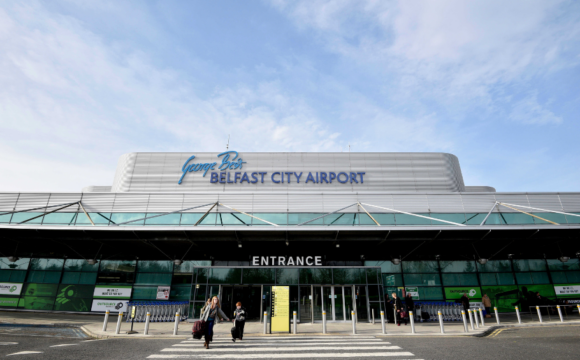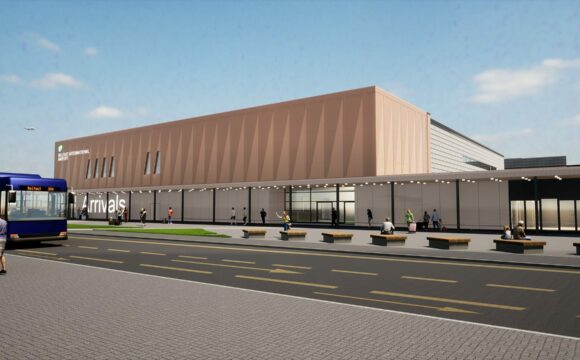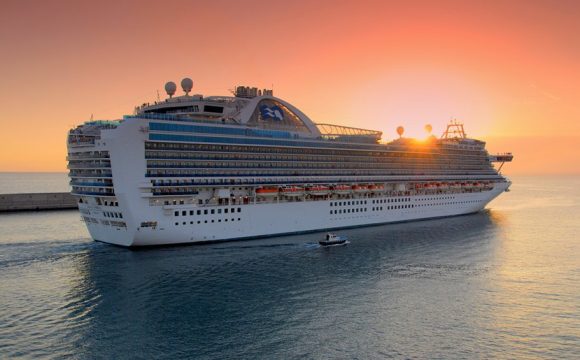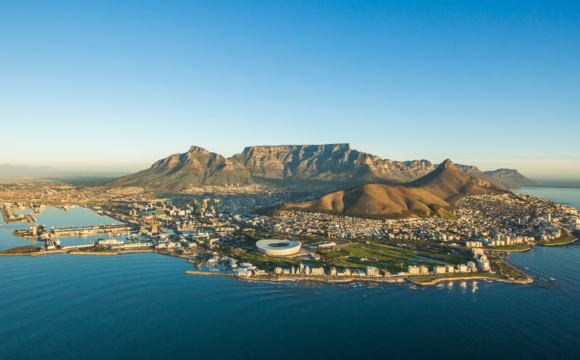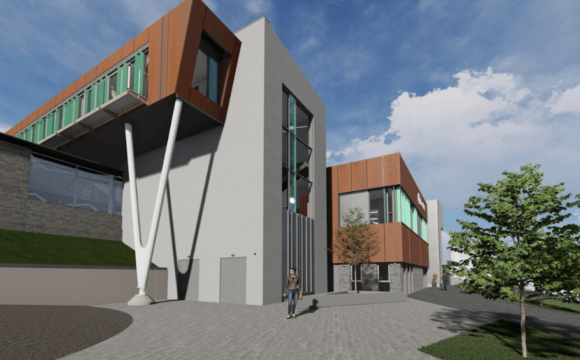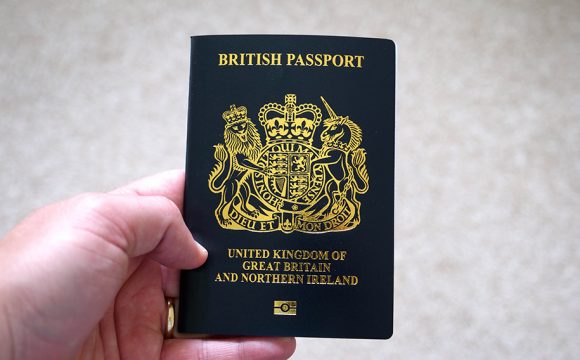In the Place du Forum in the heart of Arles a gypsy woman plays a rocked up version of Viva Espana and shouts ‘Merci’ to visitors who throw small coins into her guitar case. Dogs and dog owners gossip on street corners and small parties of tourists wander around.
Arles is a Roman town and the ideal place to spend a couple days tuning into history, art and architecture cheek by jowl with boutiques and trendy bistros. Walk around the streets and you will be reminded at every corner of its historic pedigree – medieval, renaissance and classical as well as more recent. Bullfights are still held in the Roman amphitheatre which dominates old Arles and was built around 90 AD.
Outside the ornate Romanesque church, Eglise Saint-Trophime, which is a Unesco world treasure in the Place de la République, our guide for the morning, Agnes, explains the significance of the church’s ornate façade. In the centre of the tympanum (the half-moon over the door) the Last Judgment with a majestic Christ is sculpted in the rough style of the early Middle Ages where angels sound their trumpets on top of the arches. Well preserved and restored sculptures in high-relief and superb detail of expression embellish every inch of the portal’s surface. Agnes points out some of the astonishing detail of the frescos and multiple scenes: the massacre of the Innocents, the Adoration of the Magi, the Cortege of the Elect, and the Procession of the Damned.
The doorway is regarded as one of the most beautiful works of Provencal Romanesque to be found anywhere. Agnes calls it a ‘comic strip’ while Vincent van Gogh, who had an artistic association with Arles, described the facade as a ‘Chinese Nightmare.’ Other historical scenes are narrated at the Romanesque Cloister of St-Trophime, making a complete vision of the world inscribed on stone. The slender elegance of the pillars contrasts with the florid decorations of the capitals Arles is a town of narrow streets and shaded squares. A total of 112 sites are listed as national heritage monuments and even the more recent town houses are fine examples of aristocratic building tastes. A ten-minute walk from the church, one of the most resonant places, the Espace van Gogh is a magnet for visitors. This former hospital where the tortured artist was treated after cutting off his earlobe is now a bright courtyard garden with shops, a cultural centre and exhibition hall.
With its red and gold ochre and cool grey stone buildings all set alongside the intense crystalline light, it is not hard to understand why van Gogh came to Arles to paint in February 1888. Pick up a leaflet about the van Gogh trail and you can follow the numbers to 17 steel and concrete easels with outdoor reproduction panels of some of his most celebrated work at the exact spot where he painted them. Small stone markers with yellow accents embedded in the pavement showing the artist and his shadow lead to the easels.
His time in Arles was an intense period of activity. He worked in a flurry producing more then 300 paintings and drawings in a few months creating one of the most important periods in the history of art and all in the space of 15 months. None of his work remains in Arles but you can visit the locations that inspired him.
‘La Maison Jaune’, his famed Yellow House in Place Lamartine that he rented for 15 francs per month and shared for nine weeks with Gauguin no longer stands as it was destroyed in the Second World War. But van Gogh and his shadow with canvas backpack, his brushes and hat are embedded into the pavement. Stand at the bridge beside where his house stood and you can view the reproduction of ‘La Nuit Etoillee’ (The Starry Night) painted under a gas lamp where the river Rhone curves. Nearby, under plane trees and on a stretch of dusty ground, a small group of men are quietly playing a game of boules. This involves metal balls being thrown back and forward and is taken seriously by the players although the purpose of it to most outsiders generally seems to be a mystery and the boulistes do not seem to keep any kind of score.
At the northern end of the Roman town, it is worth a short walk to the amphitheatre, sill preserved in a remarkable state dating from the last decade of the first century AD. The huge oval structure constituted a small town in its own right complete with public square. Its primary function today is as a venue for up to 12,000 people for the traditional spectacle of corridas, or bullfights, held annually starting with the Fete des Gardians (‘Cowboys’) on May 1 when the Queen of Arles is crowned and culminating in early July with the award of the Golden Rosette to the most successful toreador.
Our next stop is at the Cryptoportiques, an underground gallery of horseshoe vaults. This was used as the base for the monuments of Roman Arles and during the Second World War was a refuge for Resistance members. A visit to Arles leaves a lasting impression. One of the most resonant places is Les Alyscamps, a serenely beautiful tree-lined medieval cemetery with a famous lane of sarcophagi. The cemetery was used in the Middle Ages by Benedictine monks, and is a short drive from the centre of town. Not surprisingly van Gogh came to this atmospheric place too showing that he was far more interested in nature and its colours than in historical monuments. He described his painting as ‘study of falling leaves along a lane of poplars.’
Back in town it’s worth calling into the van Gogh Foundation at the Luppé Palace which places Arles and its relationship with the artist in a contemporary light. It is an artists’ home and gallery housing work by Fernando Botero, David Hockney, Roy Lichtenstein, Jasper Johns and many others.
Ready for a restorative caffeine fix take a seat outside the van Gogh Café in Place du Forum and reflect on the artist and his adopted town. He loved coming to this café and immortalized it in ‘Café Terrace at Night’. To this day, more than 120 years after his visits, it bears a remarkable similarity to the place where he spent time and which he described as ‘a painting of night using no black, nothing but mellow blues, violets and greens.’
About an hour’s drive south of Arles, the Camargue is the marshy delta of the Rhone and the most famous natural history site in France. It is a land of both the bull and the horse. The area’s famed white horses roam the countryside and stand in fields or in long lines under sheds with corrugated iron roofs.
The Camargue is a place of abundant wildlife but at first sight reveals little of itself looking like a dull flat landscape. Only on closer inspection or with a guide does it come alive and one of the best ways to explore it is on bike. The Upper Camargue is mainly agricultural land where gear-changing is kept to a minimum. The absence of any gradients makes for a relaxing ride for our small group. We cycled from the village of Le Sambuc along the eastern edge of the circular Étang de Vaccarès and followed the shoreline fringed in places with tall reeds. After 15 kilometers we reach La Capelière nature reserve which offers walks, discovery trails and observation points for birdlife.
Tamarisk and olive trees line quiet country roads with fields of wheat and rice while cattle egrets sit quietly on the grass beside bulls and horses. The views in every direction seem to stretch to infinity. Étangs are saltwater lagoons and are found all over the region. Salt is a major source of revenue and is used as a raw material in the chemical industry; in fact the saltworks here produce ninety per cent of the sea salt in France.
On the west side of the Vaccarès, the Parc ornithologique at Pont de Gau is the best place to find the star attraction – pink flamingos. Stroll around the child-friendly looped walks for an hour and you will see elegant flamingos standing in the shallows. These gregarious birds move around en bloc for food and in the autumn they moult before turning from white to pink. In winter more than 2,000 gather here. A spectacular sight at any time of the year, they are a protected species throughout the EU and represent an enigmatic side of the wildlife of the Camargue.
But flamingos are not the only exotic birds. More than half of the 600-plus species found in Europe make their way to the marshes and wetlands. Breeding alongside them are avocets, black-winged stilts, Kentish plovers, Caspian terns as well as slender-billed and Mediterranean gulls.
Originally a hospital caring for birds injured as a result of illegal shooting, the park now supports birds that have not recovered fully to be returned to the wild. On a walking tour, Frédéric Lamouroux, a knowledgeable warden, points out wild stork, mallard, red-crested pochard and shelduck. Herons peer from the treetops and in a small lake a coypu, a cross between a large rat and a beaver, swims energetically towards us.
In 2010 the Camargue celebrated 40 years as a Regional Country Park. At one time it was a forgotten area of France but now attracts large numbers of tourists. Today it is a fashionable place to visit and is what the French call a desert d’eau – a watery desert.



